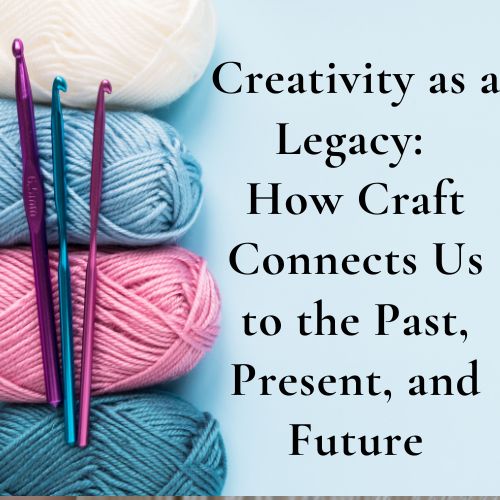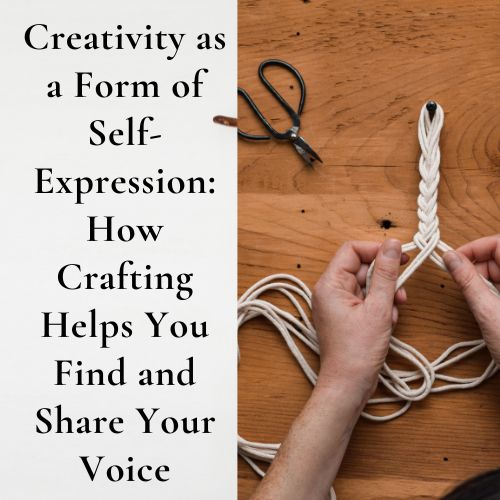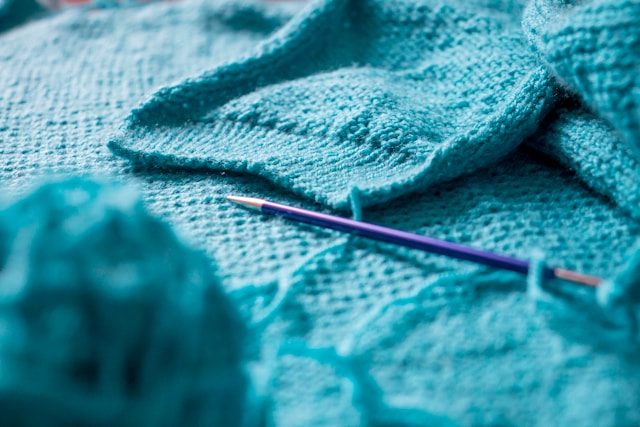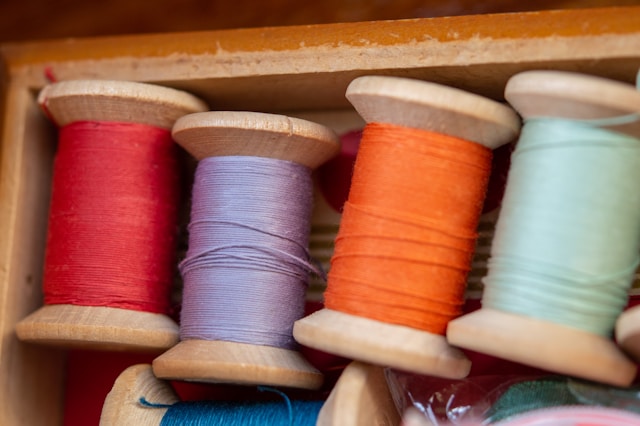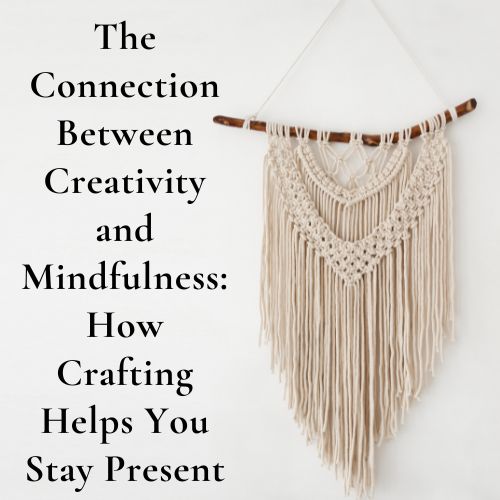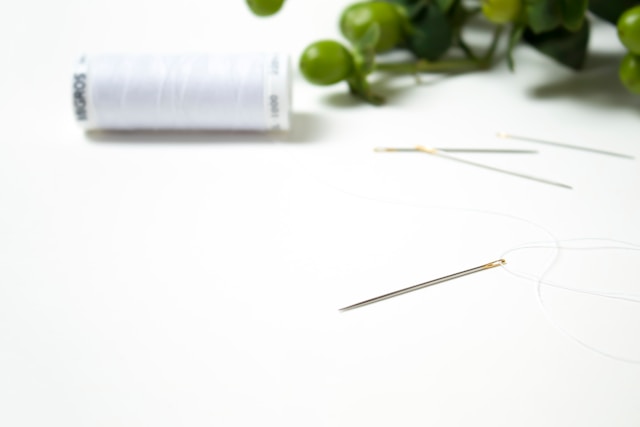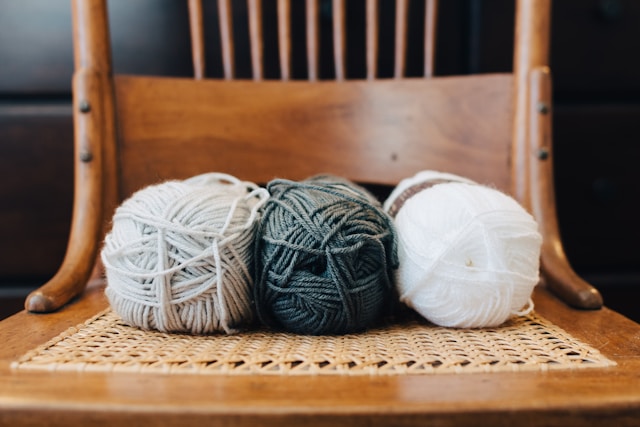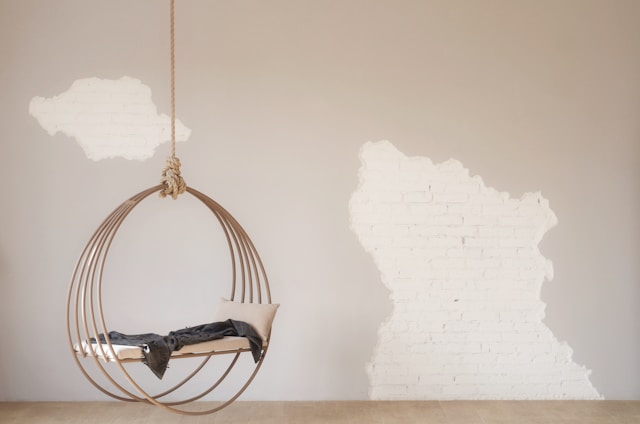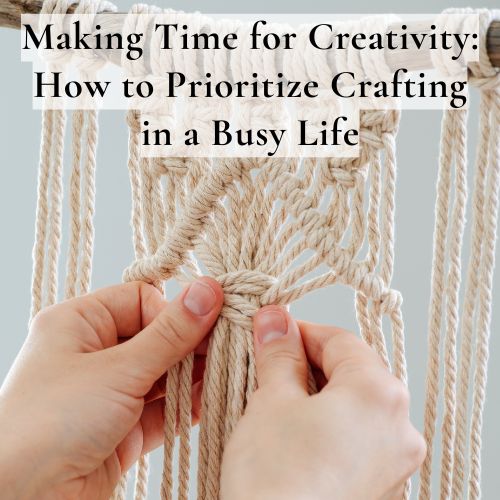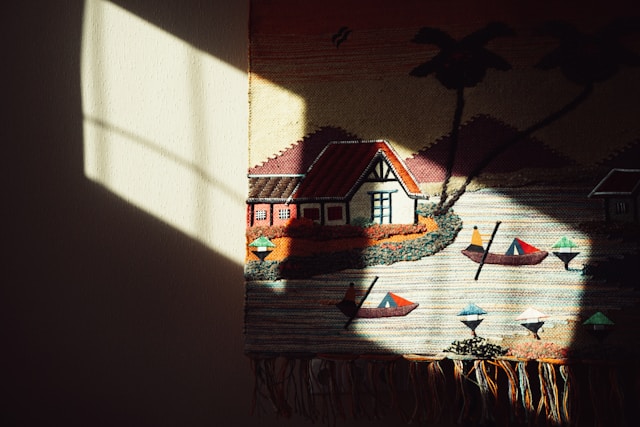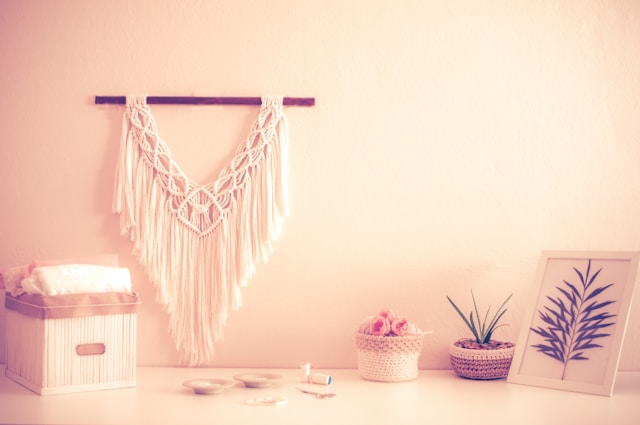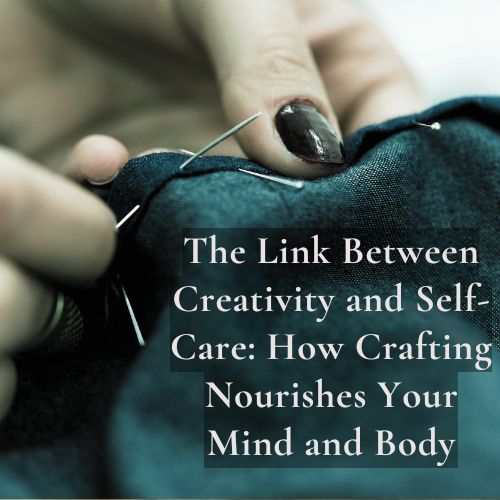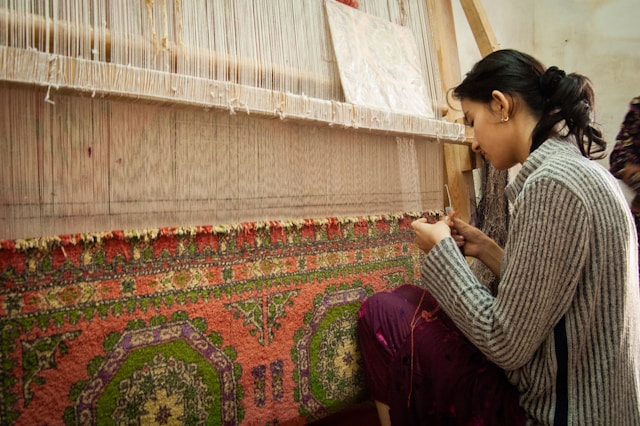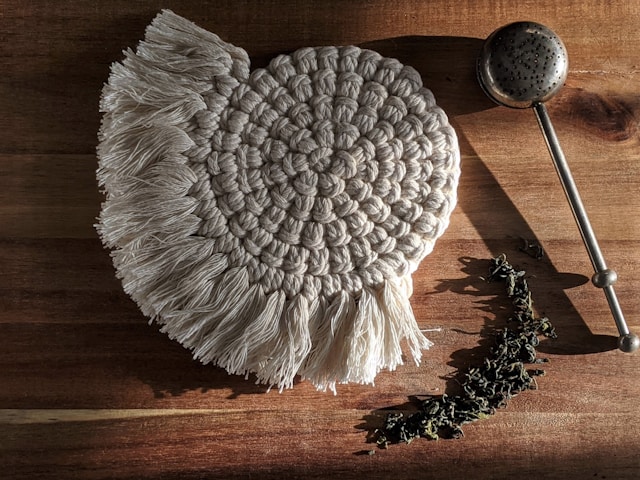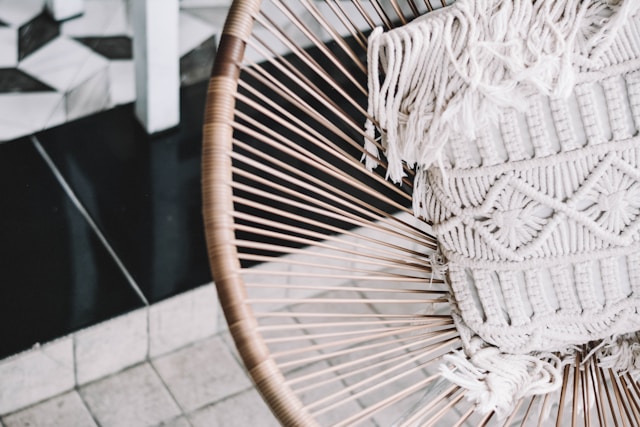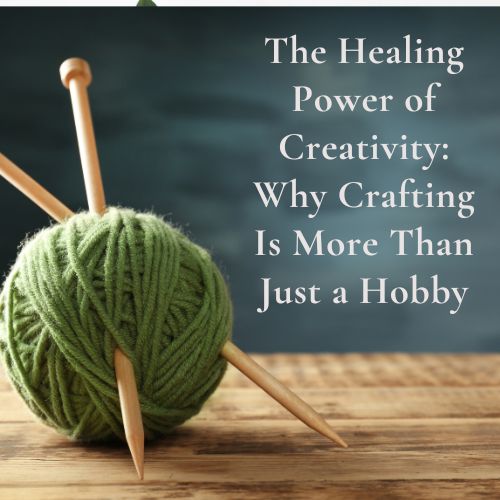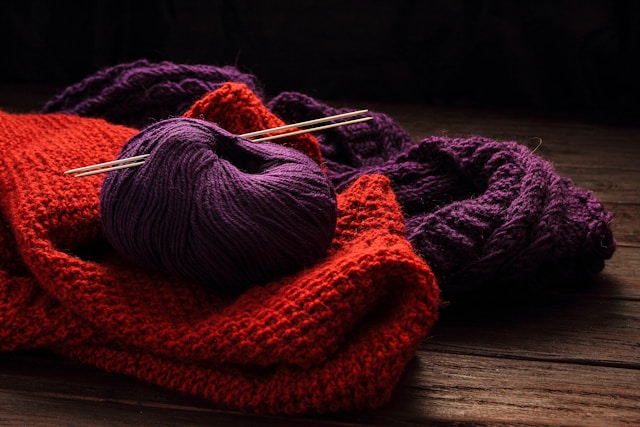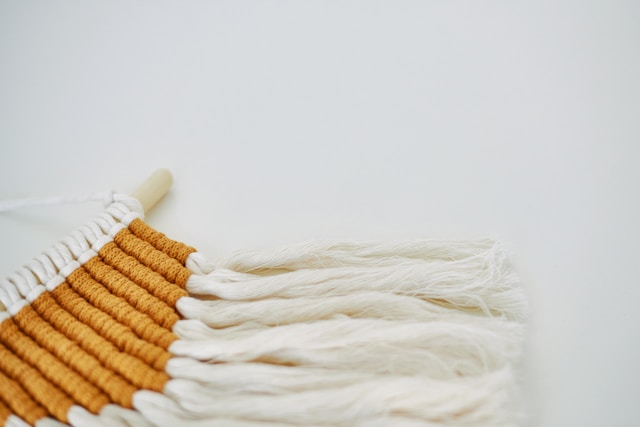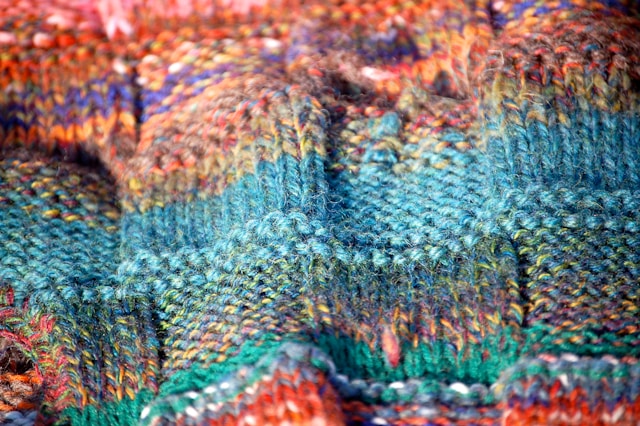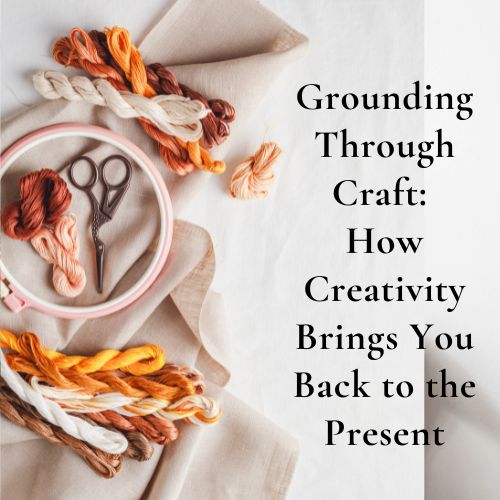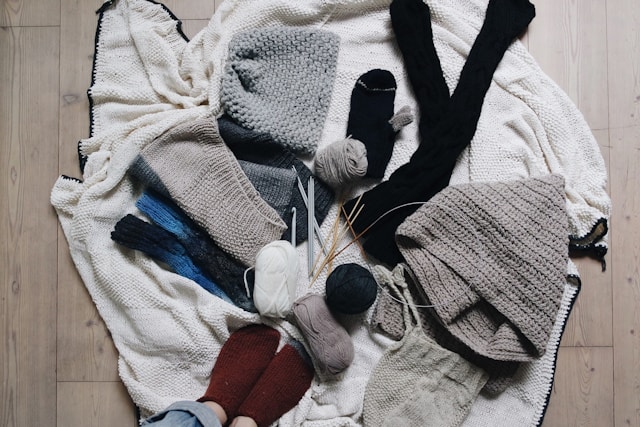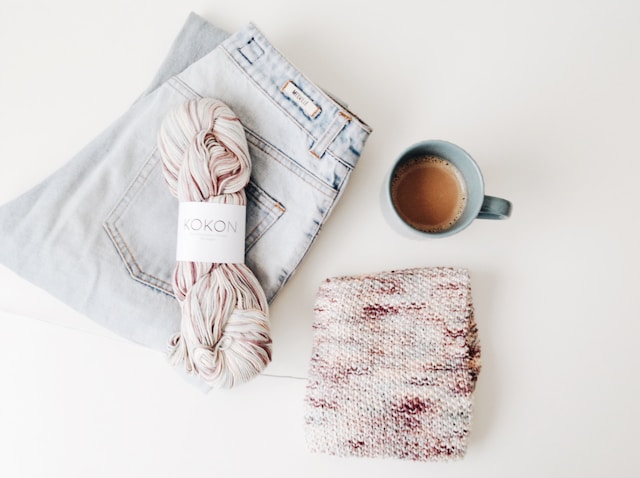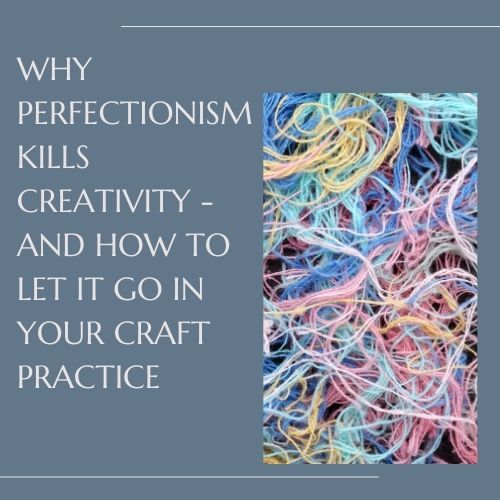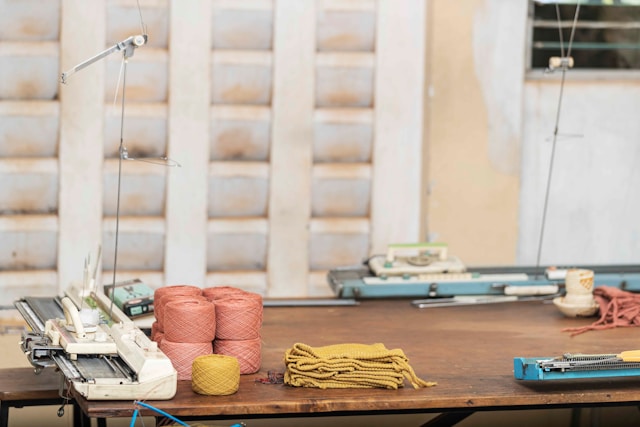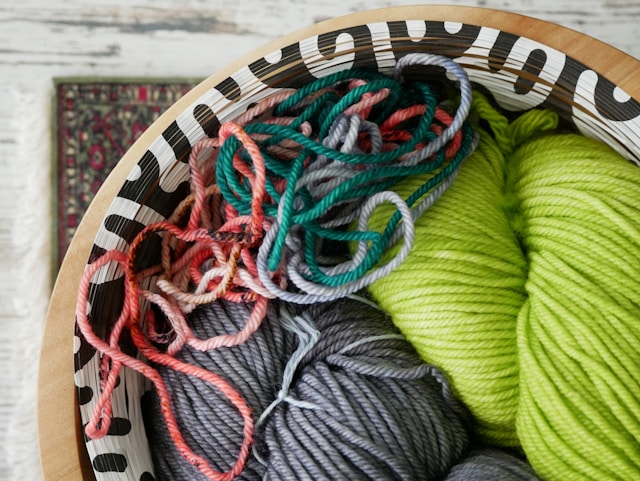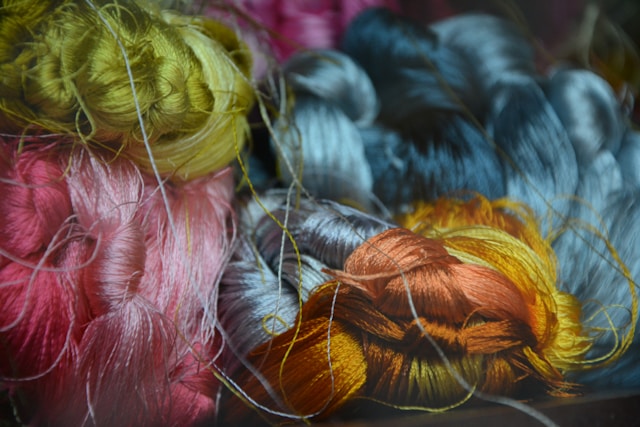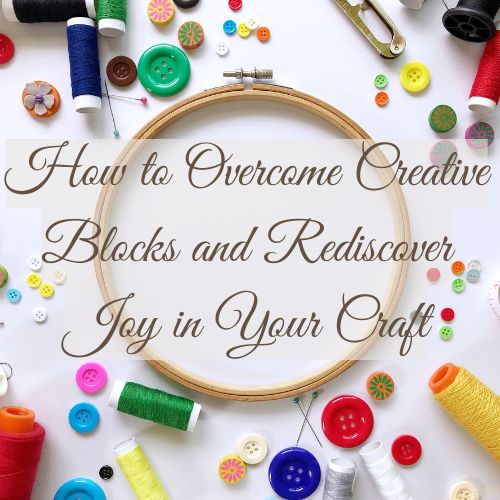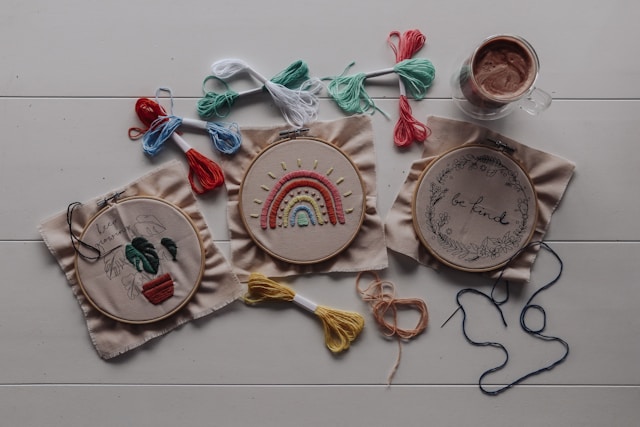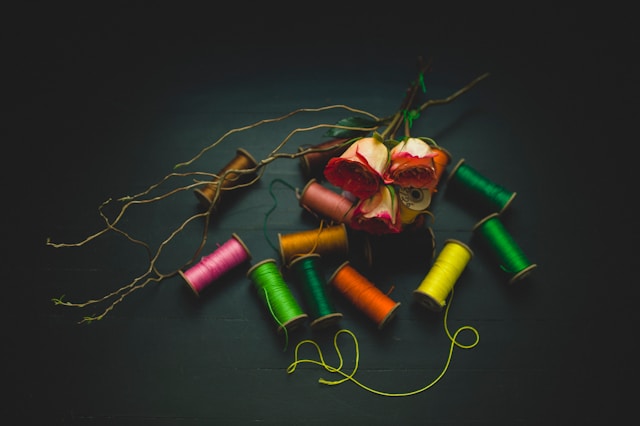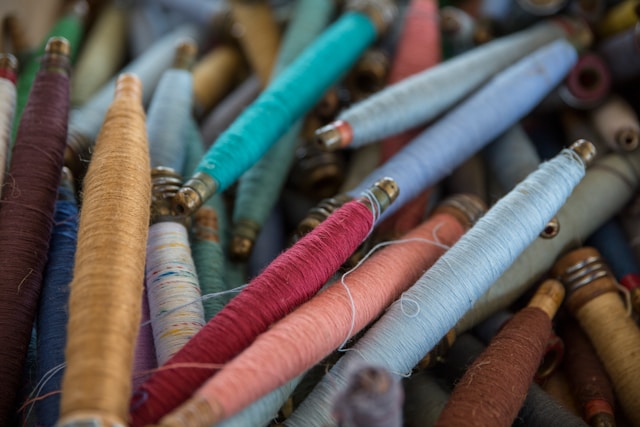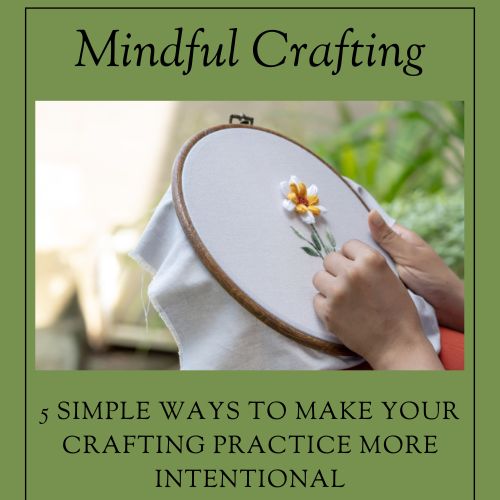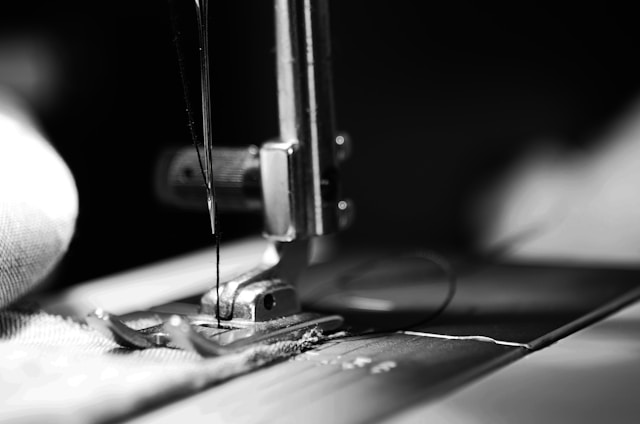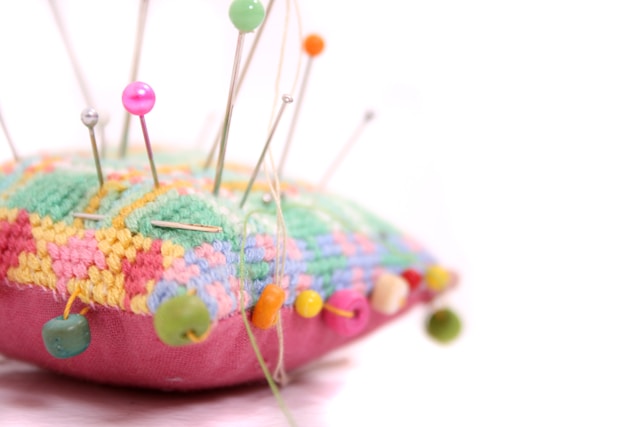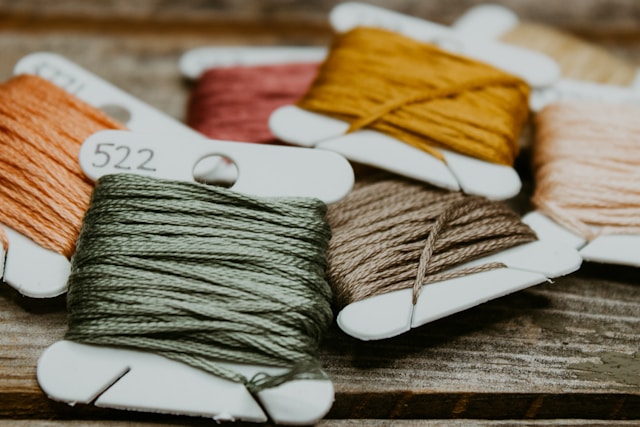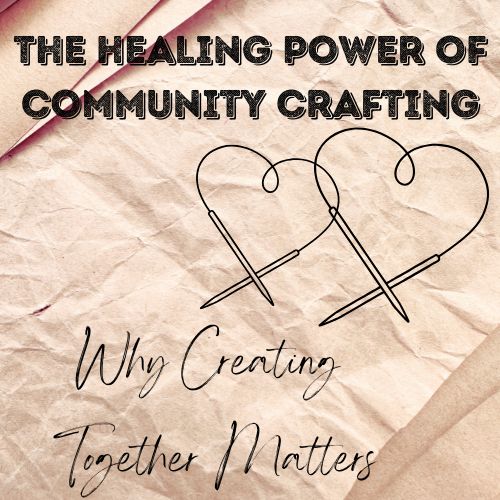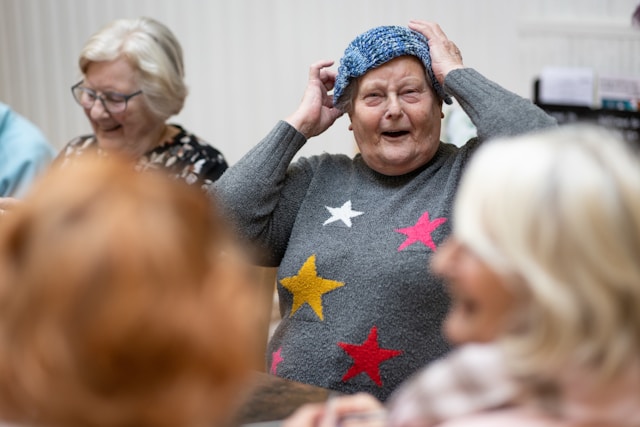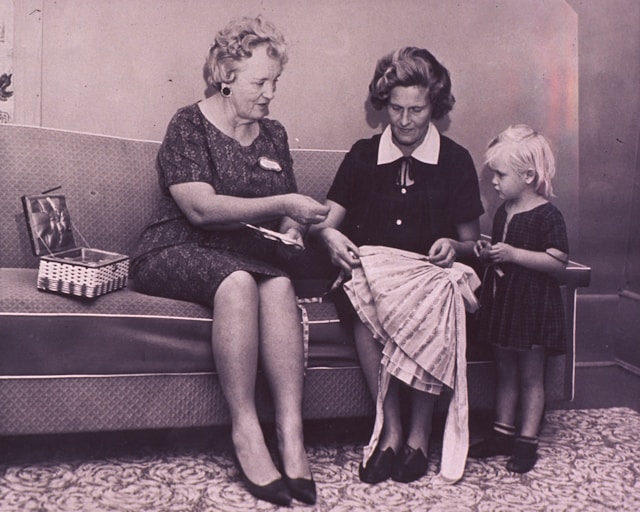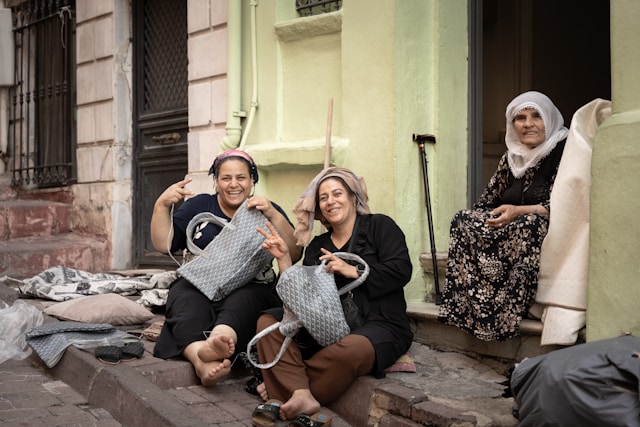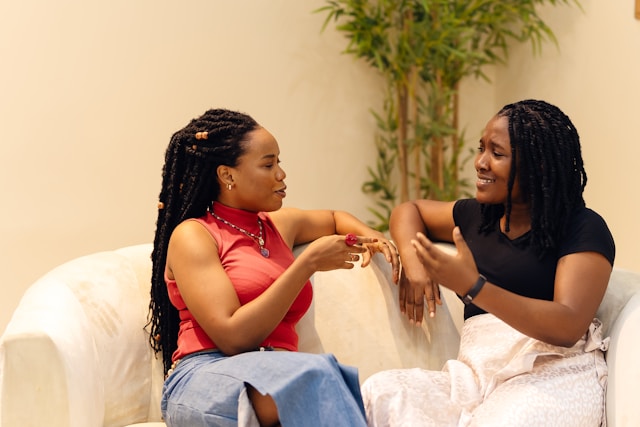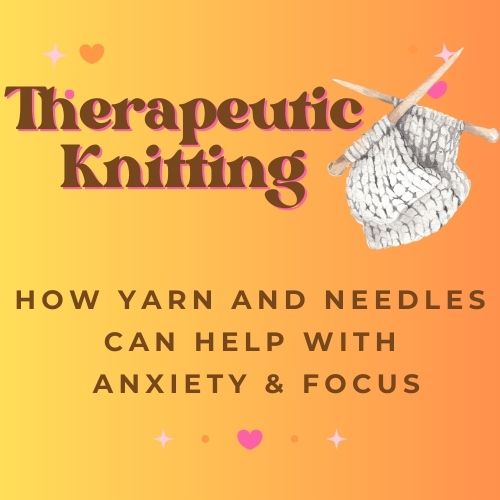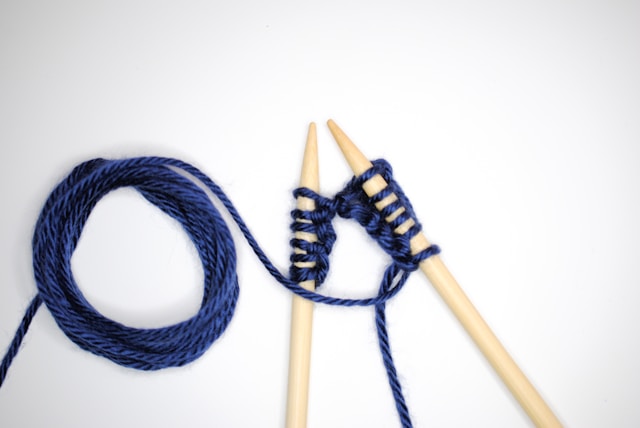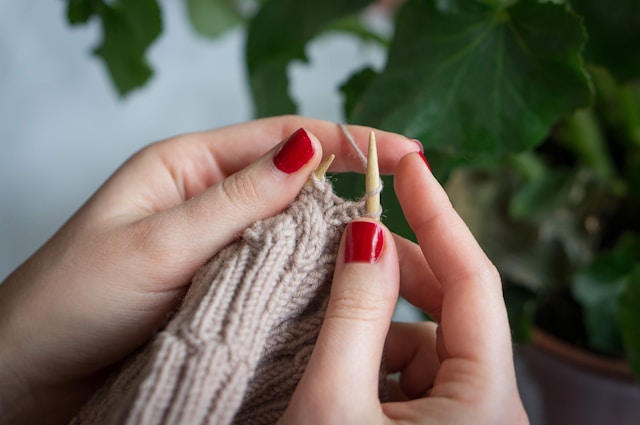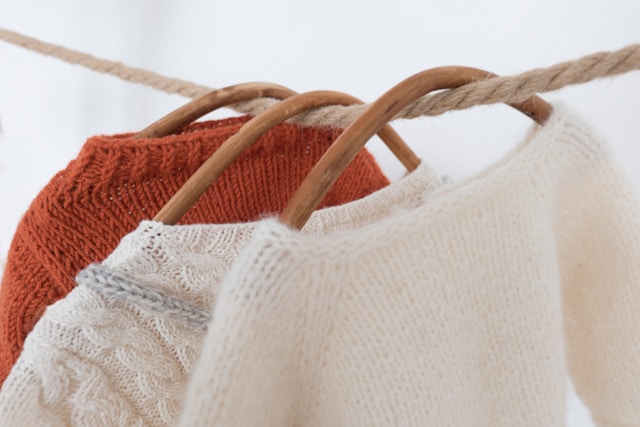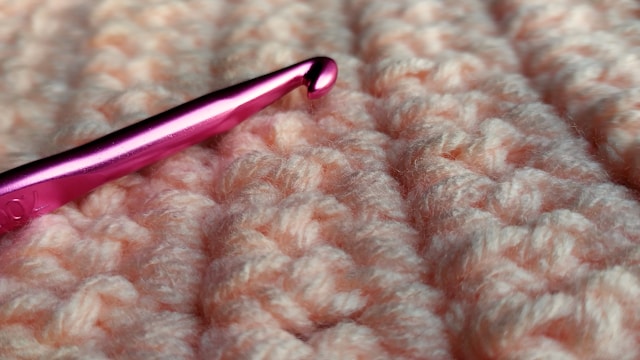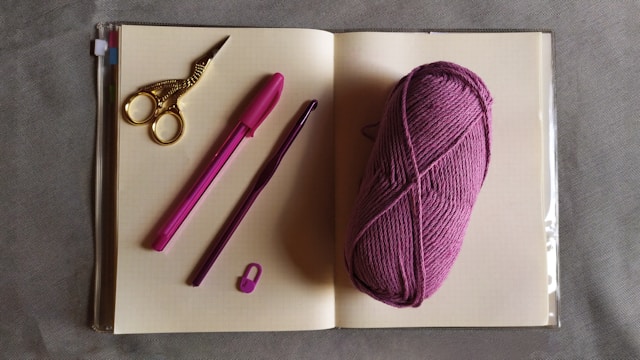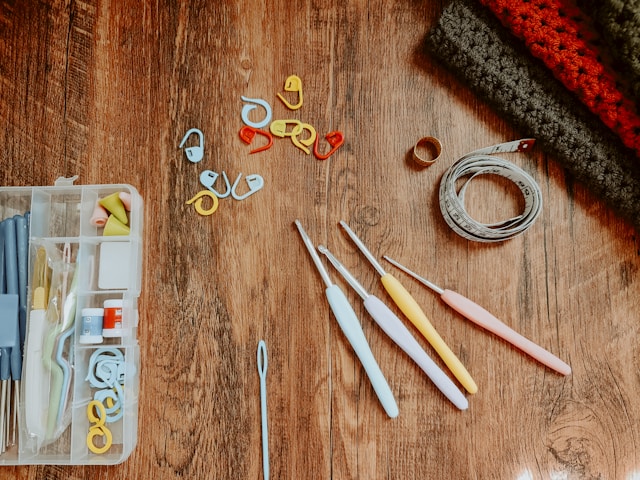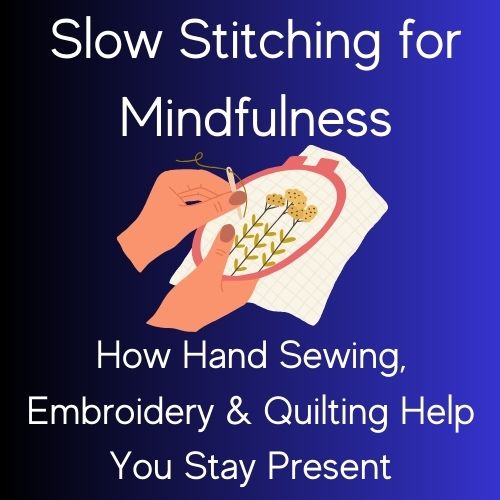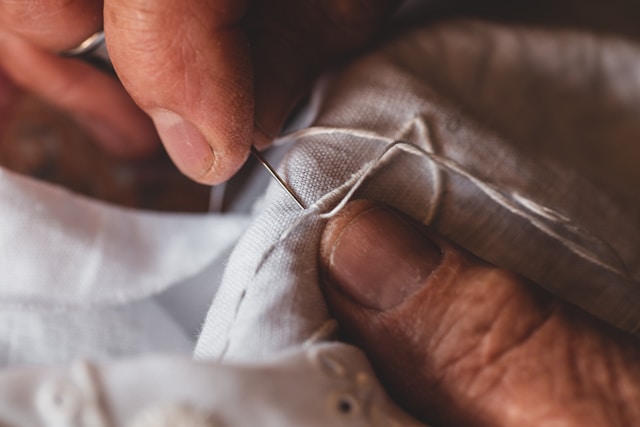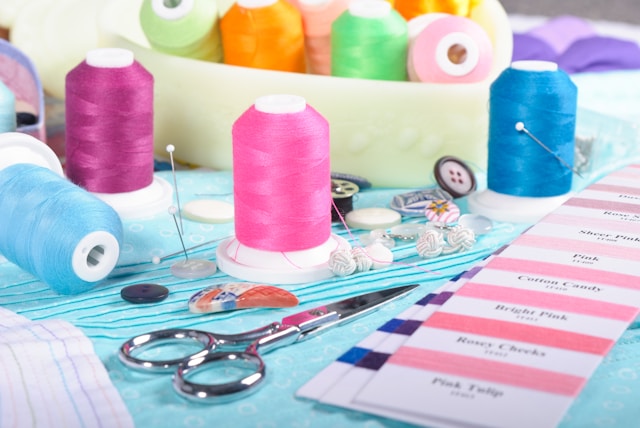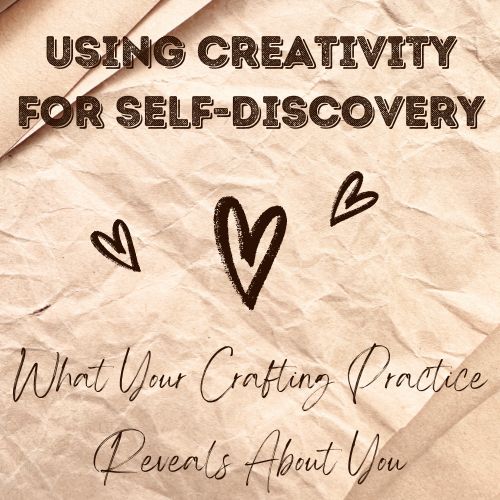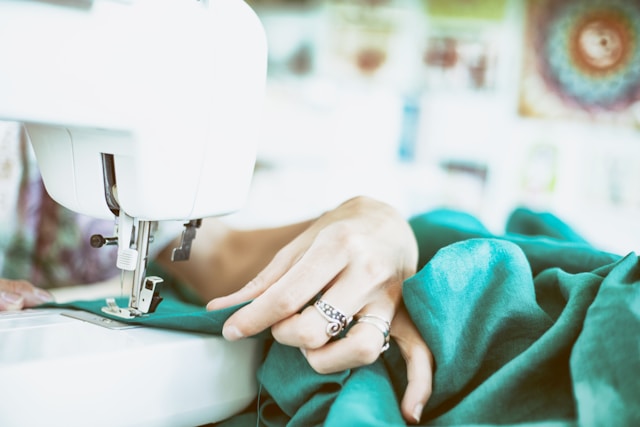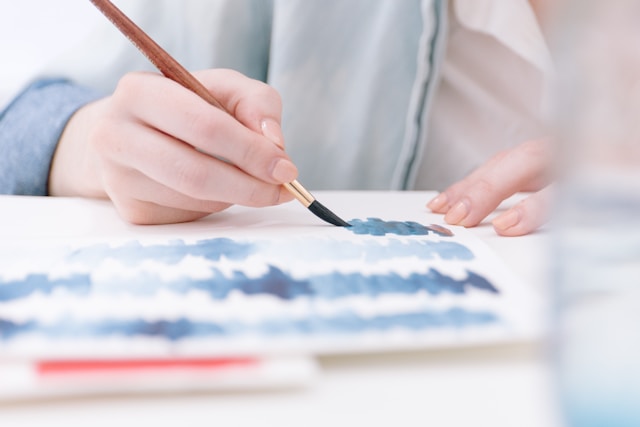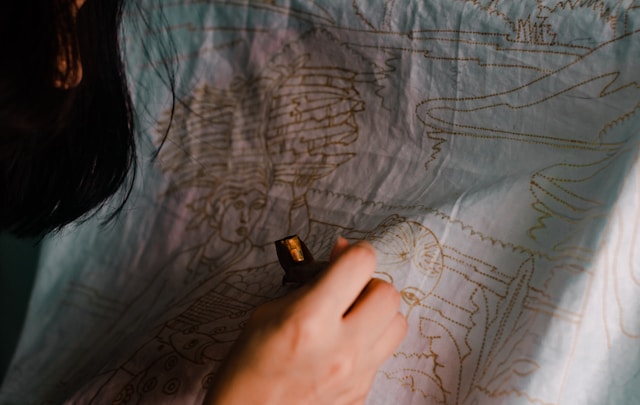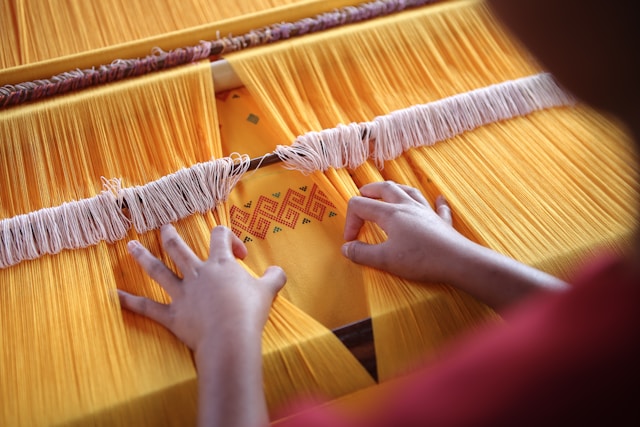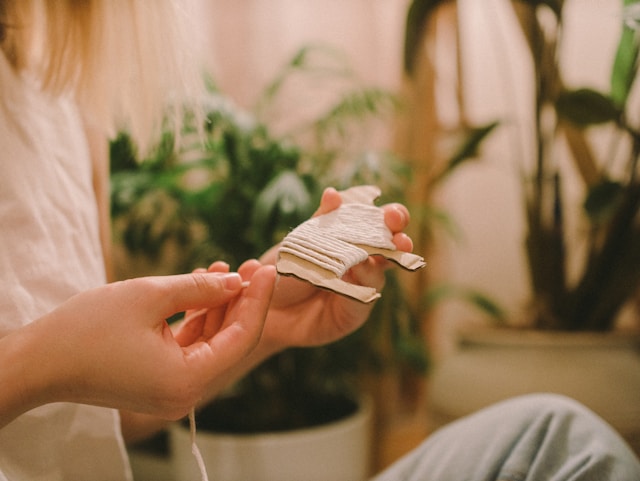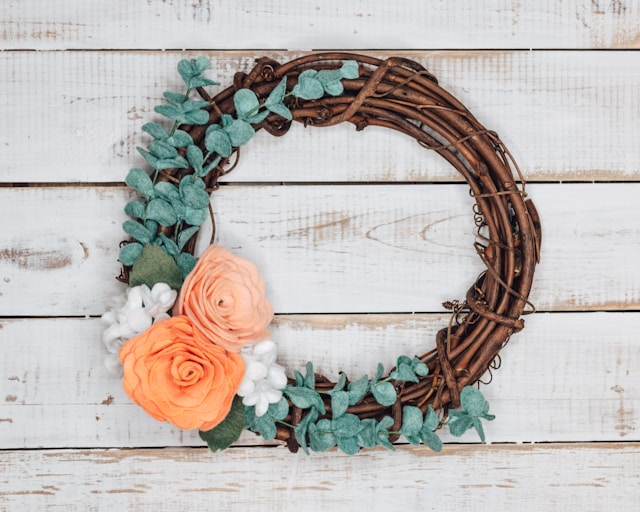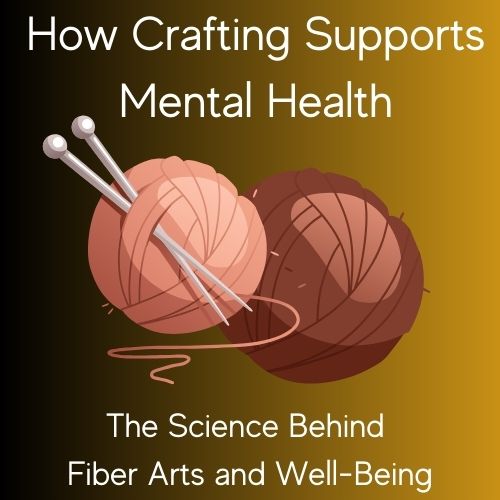When I sit down to create, I often think about the hands that came before mine.
The grandmothers who quilted by lamplight.
The artisans who wove intricate tapestries centuries ago.
The makers who stitched, knitted, embroidered, and crocheted their way through history.
Even if we don’t always realize it, crafting connects us to a long, unbroken thread of creativity, tradition, and storytelling.
Every stitch, every piece of fabric, every handmade item carries with it a story—our story, the stories of those who taught us, and the stories of those who will come after us.
If you’ve ever worked on a craft and felt a sense of connection to something beyond yourself, or if you’ve ever wondered how your creativity fits into a larger history, keep reading. Let’s explore how crafting is a form of legacy—one that ties us to the past, grounds us in the present, and carries meaning into the future.
🧶 Want to learn more? Click here to join Craft to Heal.
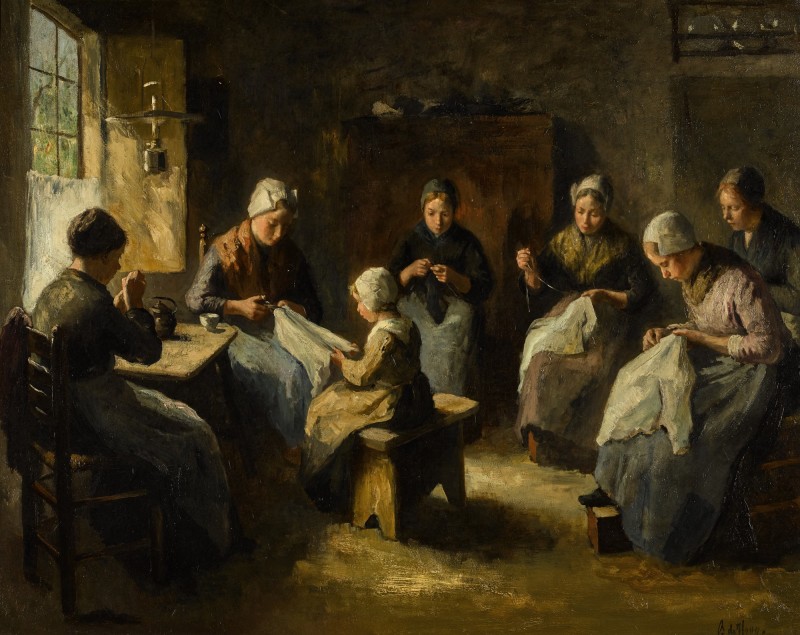
The Science: Why Crafting Creates a Sense of Legacy and Belonging
We often think of legacy in terms of what we leave behind, but research shows that feeling connected to a larger history can have profound psychological benefits.
Here’s why crafting is a powerful link between past, present, and future:
🧠 It Strengthens a Sense of Identity and Belonging
✔ Studies show that understanding one’s cultural or familial traditions enhances self-identity and emotional well-being.
✔ Crafting allows us to engage with heritage in a tangible way, keeping traditions alive through making.
💡 It Preserves Cultural and Personal Histories
✔ Many fiber arts—quilting, embroidery, weaving—have been used for centuries to document stories, histories, and social movements.
✔ When we create, we are participating in an ongoing dialogue between generations of makers.
❤️ It Creates Meaning That Outlives Us
✔ The things we make often outlast us—handmade items are treasured, passed down, and remembered.
✔ Crafting gives us a way to leave a mark, not just in objects, but in the memories and traditions we pass on.
In short? Every time you create, you are weaving yourself into a larger story—one that started long before you and will continue long after.

How to Embrace Craft as a Form of Legacy
If you want to honor the past, be present in the making, and create something meaningful for the future, here are a few ways to start:
1. Learn the Stories Behind Your Craft
Whatever fiber art you practice—whether it’s quilting, knitting, embroidery, or crochet—it has a history.
✔ Research the origins of your craft. How did it evolve? Who were the makers before you?
✔ If your craft has personal or cultural significance, explore its traditions and techniques.
✔ If you learned from a family member, ask them about their experience with it—how did they start? What did it mean to them?
📌 Try This: Write down or record your own story with craft—when did you start? Who influenced you? What does it mean to you?
2. Make Something That Tells a Story
Craft has always been a tool for storytelling. Consider creating a piece that represents:
✔ A personal memory—stitch, sew, or quilt something inspired by a meaningful moment in your life.
✔ A family or cultural tradition—use patterns, colors, or motifs that reflect your heritage.
✔ A message you want to pass down—create something with a lesson or sentiment embedded in it.
📌 Try This: Make a project inspired by your personal or family history—something that captures a part of your story in fiber form.
3. Pass Down Your Craft—Teach, Share, Preserve
Crafting isn’t just about what we make—it’s about what we share.
✔ Teach someone else your craft—pass it down to a younger generation, a friend, or a community.
✔ Create a keepsake—a quilt, an embroidered piece, or a hand-knitted item that will be treasured beyond your lifetime.
✔ Write down patterns, techniques, or stories related to your craft—document your creative journey so others can continue it.
📌 Try This: Write a letter to go with a handmade item, explaining its meaning, who it’s for, and why you made it.
4. Participate in a Community or Collective Craft Project
Many cultures have a tradition of collaborative crafting—quilts made by multiple hands, embroidery projects that span generations, fiber arts that bring people together.
✔ Join a community quilting project—many groups create quilts for hospitals, shelters, or remembrance projects.
✔ Participate in collaborative fiber arts movements—like yarn-bombing projects, public art installations, or textile activism.
✔ If you have a creative group, start a shared project—one where multiple people contribute stitches, patches, or rows.
📌 Try This: Find (or start!) a collective craft project that brings people together to make something meaningful.

Explore This Deeper in Craft to Heal
If this idea of craft as a legacy—something that connects us to the past and future—resonates with you, Craft to Heal was designed for you.
In our March 18th workshop, we’ll explore:
🧵 The history of fiber arts and their role in storytelling and tradition
🪡 How crafting creates a legacy and deepens personal meaning
🧶 Exercises for using your creativity to document memories and personal history
If you’re ready to create not just for yourself, but as part of something bigger, I’d love to have you join us.
🧶 Want to learn more? Click here to join Craft to Heal.
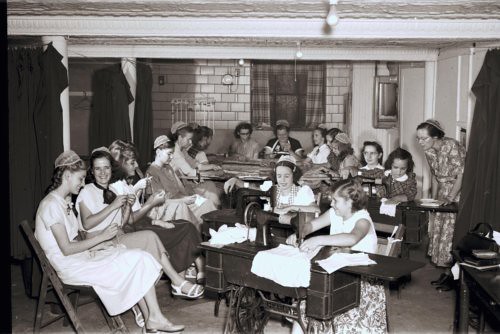
Every Stitch is a Story
Crafting isn’t just about making—it’s about remembering, honoring, and continuing a tradition of creation.
So whether you’re stitching a quilt, knitting a scarf, embroidering a message, or simply making with love, know that you are part of something bigger.
Every stitch connects you to the makers who came before you.
Every thread ties you to those who will come after.
Every creative act is a piece of your story—woven into history, carried into the future.
So keep making. Your craft is your legacy.
